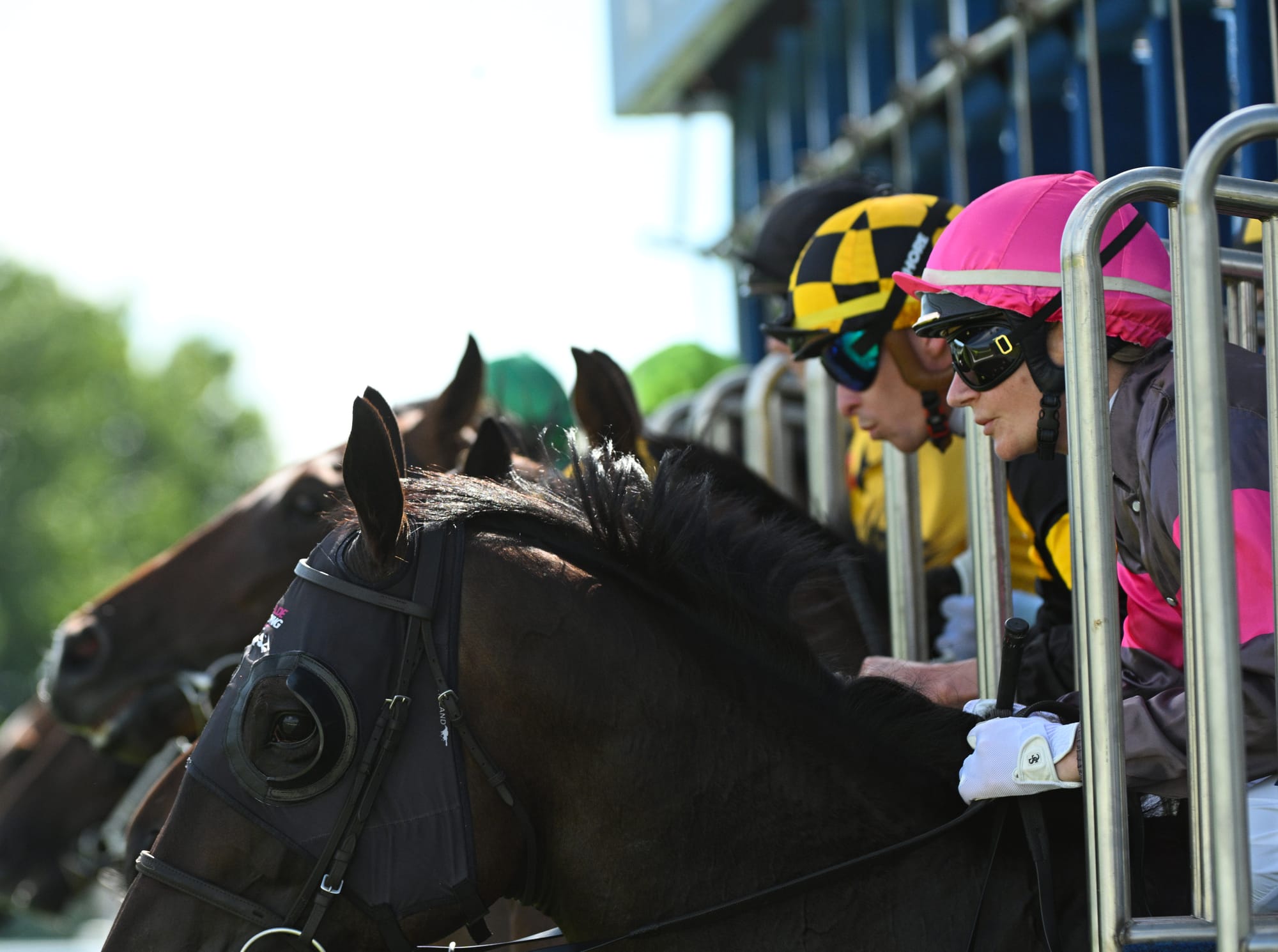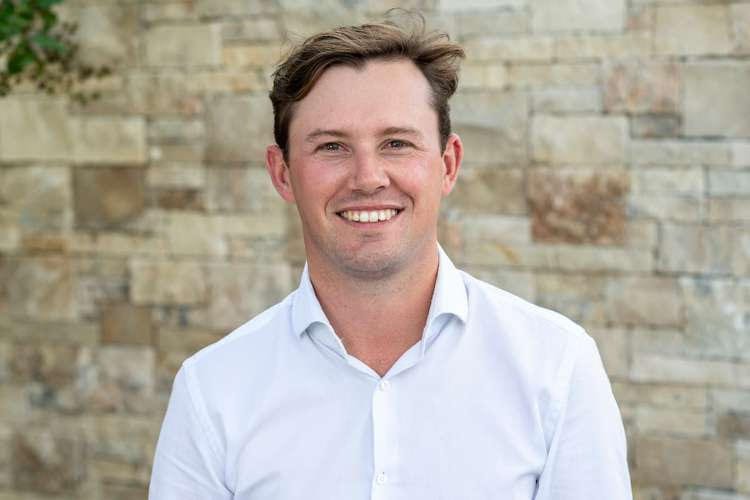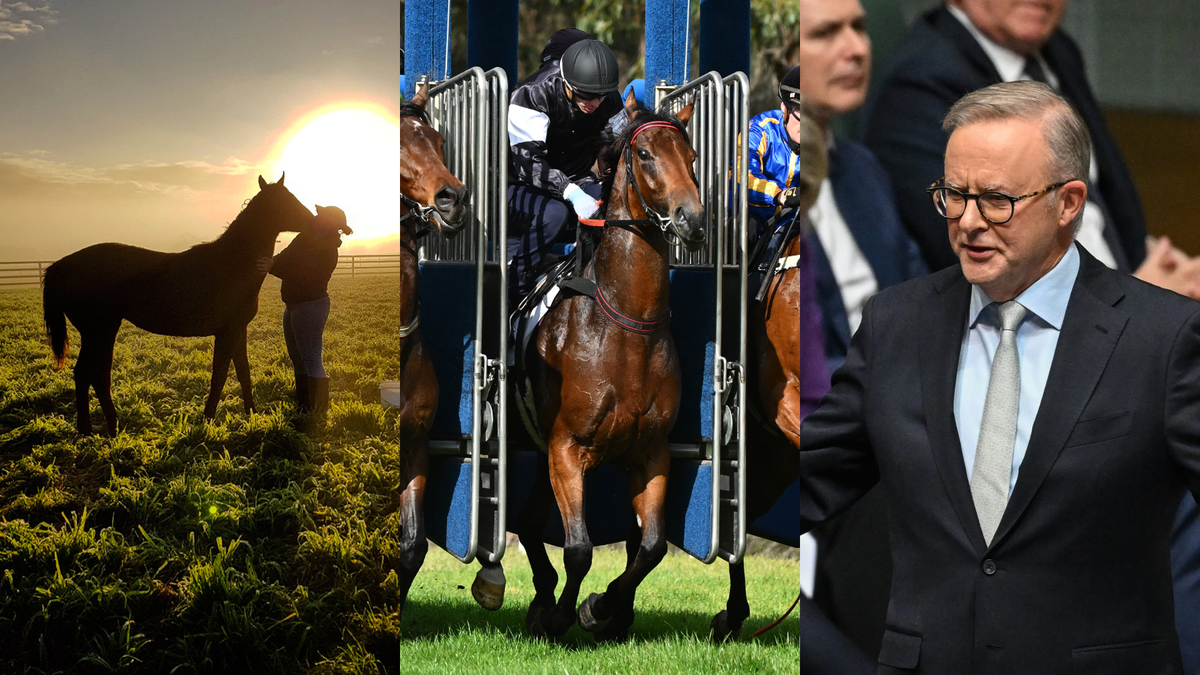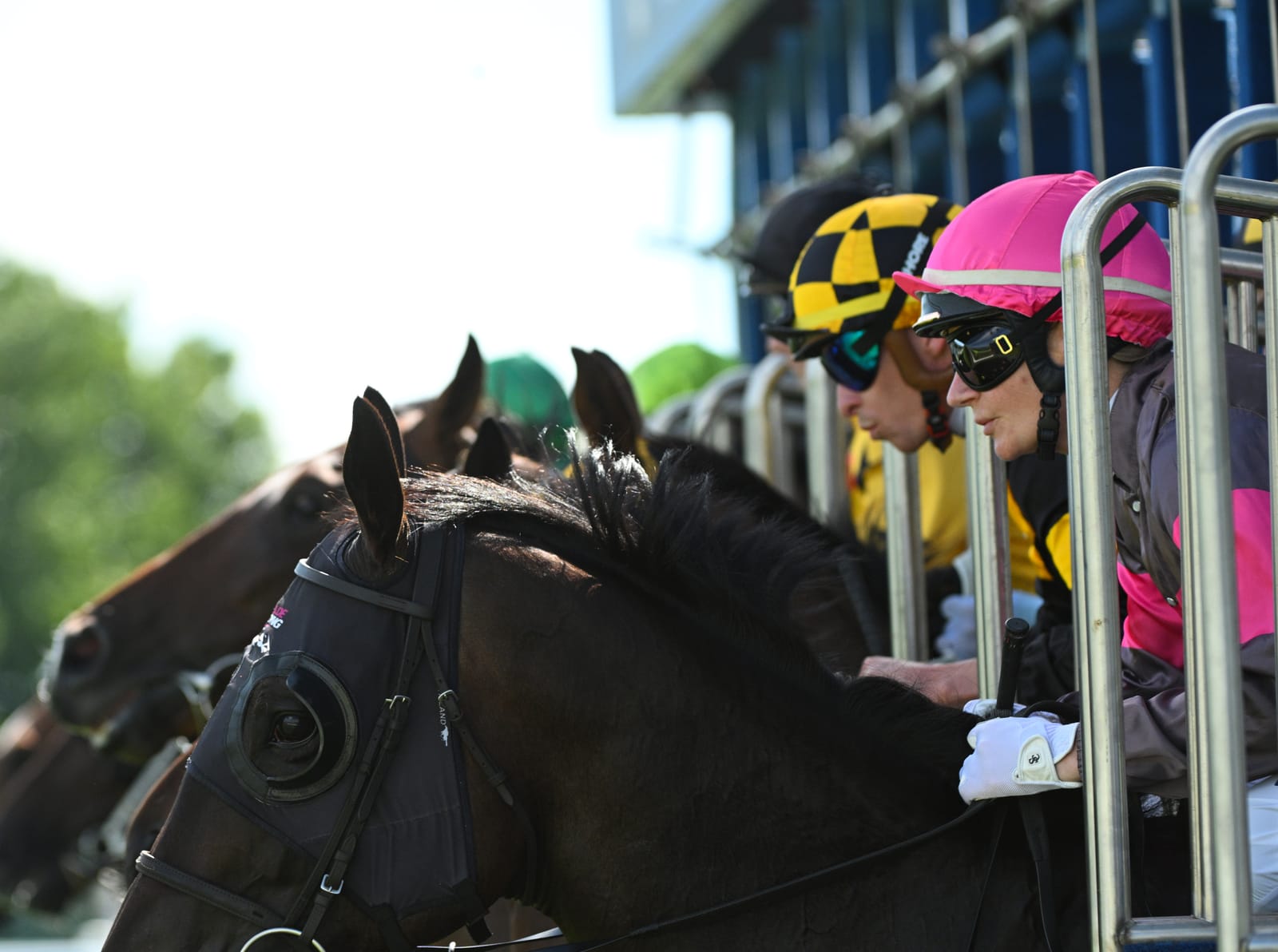This article was first published williamjohnsonbloodstock.com and is republished with permission.
Every few decades, an industry needs a proper reset. Not a total teardown, but a rebalancing. A moment where the scaffolding gets stress-tested, the foundations are reviewed, and the future is given more oxygen than the past. Right now, the Australian thoroughbred industry is standing at that very fork in the road — and whether we like it or not, a reset might be exactly what we need.

At face value, the system has worked. Horses are bought at the fall of the hammer, and trainers or syndicators have time to piece together ownership groups post-sale. No rush, no stress… and often, no payment (for a while, at least). It’s a uniquely Australian way of doing business — based on trust, flexibility and the liquidity of others.
Compare that to the rest of the world: at Keeneland, you pay in 14 days. At Tattersalls, roughly 30. That’s it. Deal done, money in the bank. But in Australia? We’ve built a world-class bloodstock economy on something closer to IOUs — and while it’s kept the machine humming, it’s also masked deeper issues that now need addressing.
A Two-Speed Sale Ring
We’ve become an industry of two gears. The ‘haves’ — buyers targeting elite pedigrees, proven stallions and top 10% types — are sharper than ever. The ‘have-nots’ — smaller breeders and trainers — are facing a squeeze. And yet, within that lies the opportunity to evolve.
Syndication has changed the game entirely. Owners today are more engaged, more informed and more selective. Weekly videos, voice memos from the trainer, updates about shin soreness and paddock time… it’s all part of the gig. And that’s a good thing. But with that sophistication has come a sharper eye for value, and in turn, more time for decision-making. Owners know when a horse has been bought on spec. They wait. They watch. And they often buy later — not earlier.
Breeding Better vs Breeding Cheaper
That leads us to the next question: are breeders being asked to pay too much, or are we just not producing a product fit for purpose?
The cost of production has climbed steeply — service fees, agistment, wages, feed, vet, insurance — it all adds up. But so far, the market has rewarded a narrow slice of horses: early types with commercial shine. Unlike Europe, where the Aga Khan, Juddmonte, the Wertheimers, Godolphin, Coolmore and other owner-breeder powerhouses operate across generations, Australia has been geared for mass turnover. We breed to sell, not to race.
That’s why the stallion pool at the top end is thin. Only seven stallions this year will stand for over A$100,000 — most, with restricted books. While those elite sires will be well-supported, the depth simply isn’t there for the broader market. It’s why shuttle stallions remain so important. The legacy of Danehill, as we’ve written before (Is Danehill on the decline?), has ebbed. It’s time to refresh the gene pool, import mares, and bring new options to the table — because our mid-market depends on it, or more foreign investment, perhaps?

Smaller Foal Crop, Smarter Planning
Australia’s foal crop has declined steadily — and 2025 is set to be the lowest since the 1970s. Some see that as a red flag. But again, maybe it’s an opportunity. Fewer horses doesn’t have to mean a weaker industry. If we can lift the average quality — physically and genetically — the long-term upside is huge. Better horses, better results, better returns.
Infrastructure: The Quiet Handbrake
One of the biggest constraints we’ve created for ourselves is a lack of investment in training infrastructure. For the last 50 years, our system has failed to support the development of middle distance prospects — the very horses we now spend hundreds of millions (leakage) importing from Europe each year for the Melbourne Cup and other major races.
We’ve built a prizemoney rich middle-distance calendar and backed it with training facilities that favour short, sharp workouts for sprinters. The consequence? We haven’t just stopped breeding horses to run a mile and beyond — we’ve made it nearly impossible to train them for it.
Fixing that starts not just with stallion choice, but with the right tracks, surfaces, and programming. It’s not a one-year fix, but it’s critical to future-proofing our product.
Rosehill & the National Disconnect
That brings us, inevitably, to Rosehill. The proposed sale and redevelopment of one of Sydney’s iconic racecourses has created more questions than answers. While the need for long-term funding is obvious, the way the Australian Turf Club has presented the plan to its members has been underwhelming — lacking the transparency and strategic vision that such a significant decision demands.
And more broadly, it exposes a deeper issue: Australia doesn’t yet have a national plan for racing. We have competing state jurisdictions, overlapping interests, and fragmented execution. The Japanese model, run through the Japan Racing Association, shows what a centralised, national strategy can look like: controlled ownership, centralised funding, 10 JRA tracks and 25 in total, and a wagering product that outpaces almost everyone globally.
Yes, Japan has a larger population (~123 million). But they’ve used that scale wisely — investing in infrastructure, incentivising quality breeding, and marketing their sport to the masses. We don’t need to copy their model exactly. But we should be learning from it.
A Reset with Real Upside
All told, the current moment is more than just a slow-down. It’s a full-blown opportunity to reset how we breed, train, sell and race horses in Australia. A tighter market? It’ll sharpen our decisions. A declining foal crop? It’ll force a return to quality. Rising costs? They’ll reward efficiency. A fragmented racing structure? It’s the perfect time to build something more unified.
Because this is still the best racing jurisdiction in the world to own a horse. And if we get this next part right — smarter breeding, better infrastructure, a more strategic national focus — we’re not just future-proofing the game. We’re giving it a new foundation to thrive.
This article was first published williamjohnsonbloodstock.com and is republished with permission.








